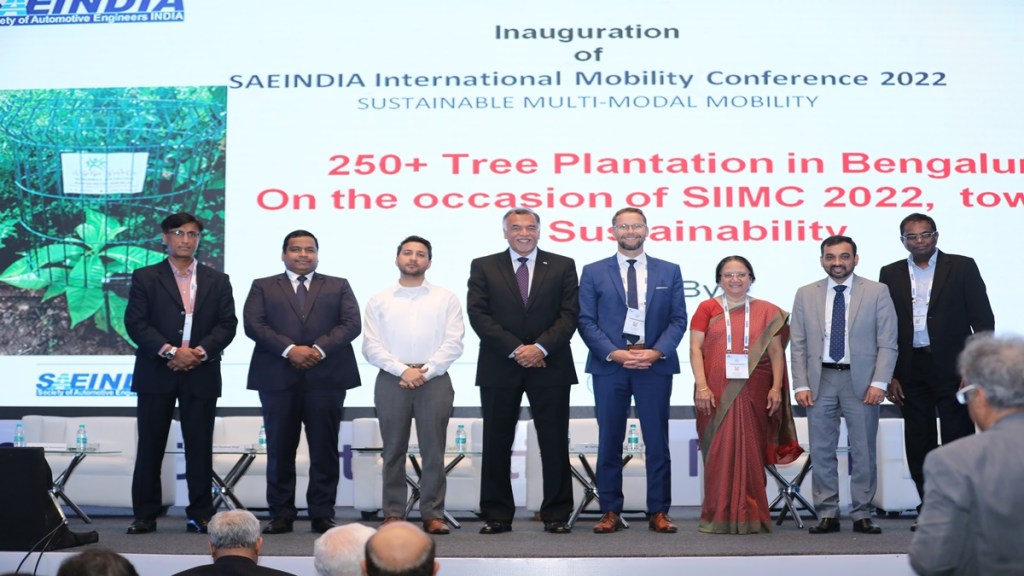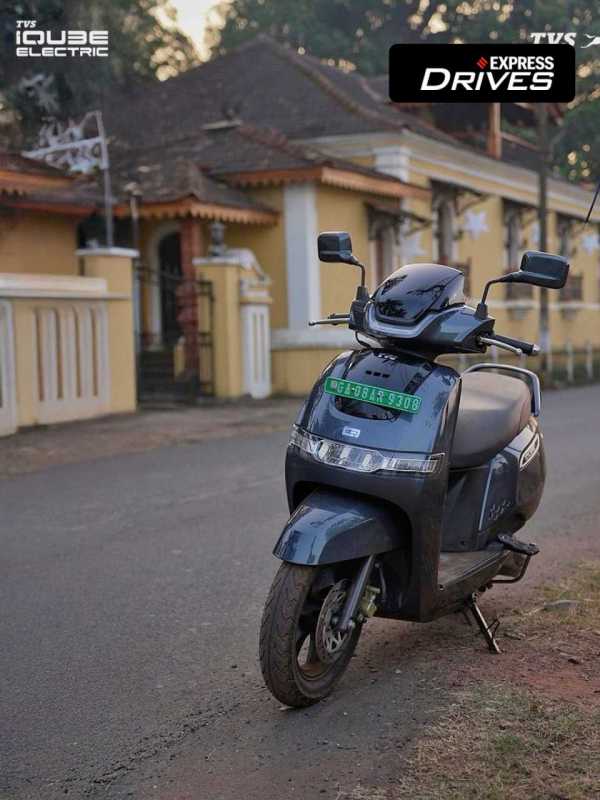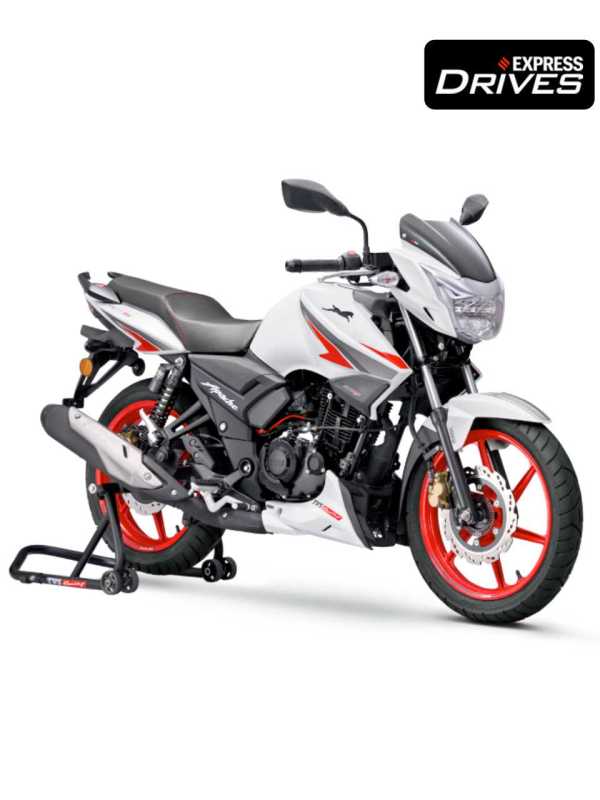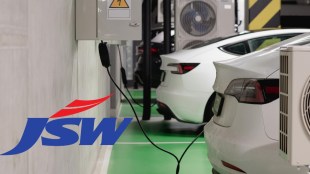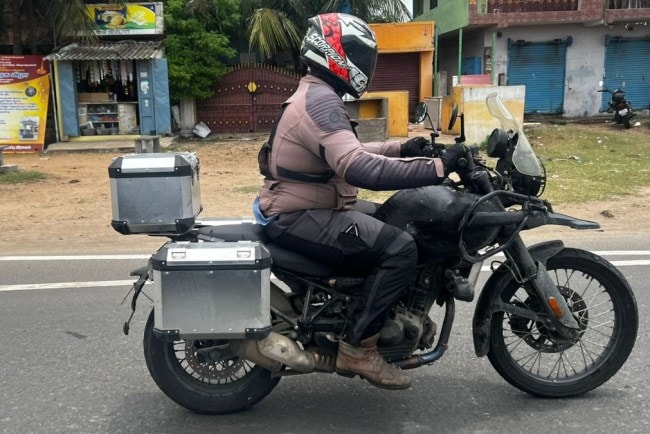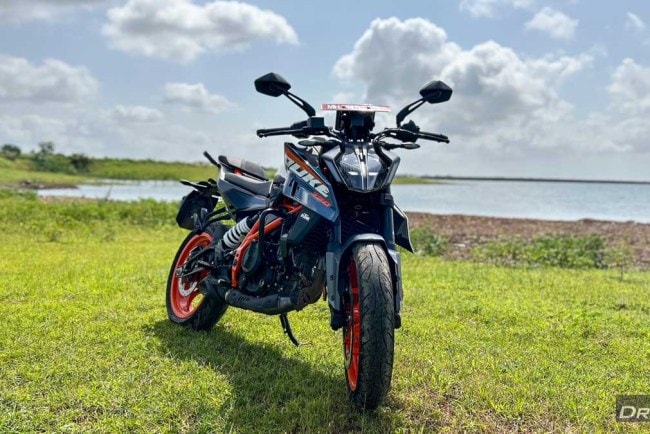Most carmakers, globally, are working on self-driving or autonomous car technologies, and all of them follow the ‘Levels of Driving Automation’ defined by the Society of Automotive Engineers (SAE), the global professional and standards body of over 128,000 engineers.
These levels are:
—Level 0 (the driver is fully responsible for controlling the vehicle).
—Level 1 (automatic acceleration and braking; the driver can take her feet off the pedals).
—Level 2 (the car can perform complex functions that pair steering with acceleration and braking).
—Level 3 (the driver can disengage from the act of driving, but only in specific situations).
—Level 4 (the car’s autonomous driving system can handle all driving functions for routine routes).
—Level 5 (the driver isn’t required behind the steering wheel at all).
While in India, SAE India—the partner of SAE International—hasn’t directly set similar standards, it has been contributing towards knowledge sharing, including by organising events such as the SAE India International Mobility Conference (SIIMC 2022), held in Bengaluru from October 12-14.
“In India, instead of setting standards, we play more of an advisory role,” Rashmi Urdhwareshe, president, SAE India, told FE on the side-lines of the summit.
“We also contribute towards knowledge creation in the automotive and allied sectors,” she said. “For example, the SIIMC 2022 saw participants presenting more than 180 papers and 543 abstracts on engineering innovations, focusing on promoting sustainable and multimodal mobility in India and globally.”
The SIIMC 2022 saw the participation Murugesh Nirani, minister of Large and Medium Industries, Karnataka, Ashwath Narayan, minister of Skill Development, Entrepreneurship & Livelihood, Karnataka, and Randheer Singh, director, Electric Mobility, NITI Aayog, among others.
Mahesh Babu, SIIMC 2022 Conference patron and the CEO, India, Switch Mobility, said that a robust mobility framework is the need of the hour to mitigate the impact of growing emissions and rapid urbanisation. “Sustainable multimodal solutions will help decarbonise about 100 million tonnes of carbon dioxide by 2030,” Babu said. “The SIIMC 2022 is a platform where all three stakeholders—the government, the industry and the communities—have come together to make sustainable multimodal mobility a reality.”
Also Read: Matter announces its new design centre in Pune: E-motorcycle launch next month
Munirathinam Dhananjayan, chair, Organising Committee, and the founder & MD of Focus Group, added that over 700 mobility experts, including industry leaders and professionals from research and development, manufacturing and services, coming together and networking under one roof is a feat in itself.
Urdhwareshe, who was previously the director of the Automotive Research Association of India (ARAI), added that SAE India works very closely with the ARAI.
“SAE India was born in the ARAI campus in Pune, and the ARAI has provided office, technical experts, infrastructure as well as various presidents to SAE India,” Urdhwareshe said. “We work very closely till date. ARAI researchers present papers at SAE India conferences, and the Symposium on International Automotive Technology of hosted by the ARAI.”

